In this tutorial, we’ll show you how to locate where songs, videos, and Apple Music files from the Music app are saved on your Mac.
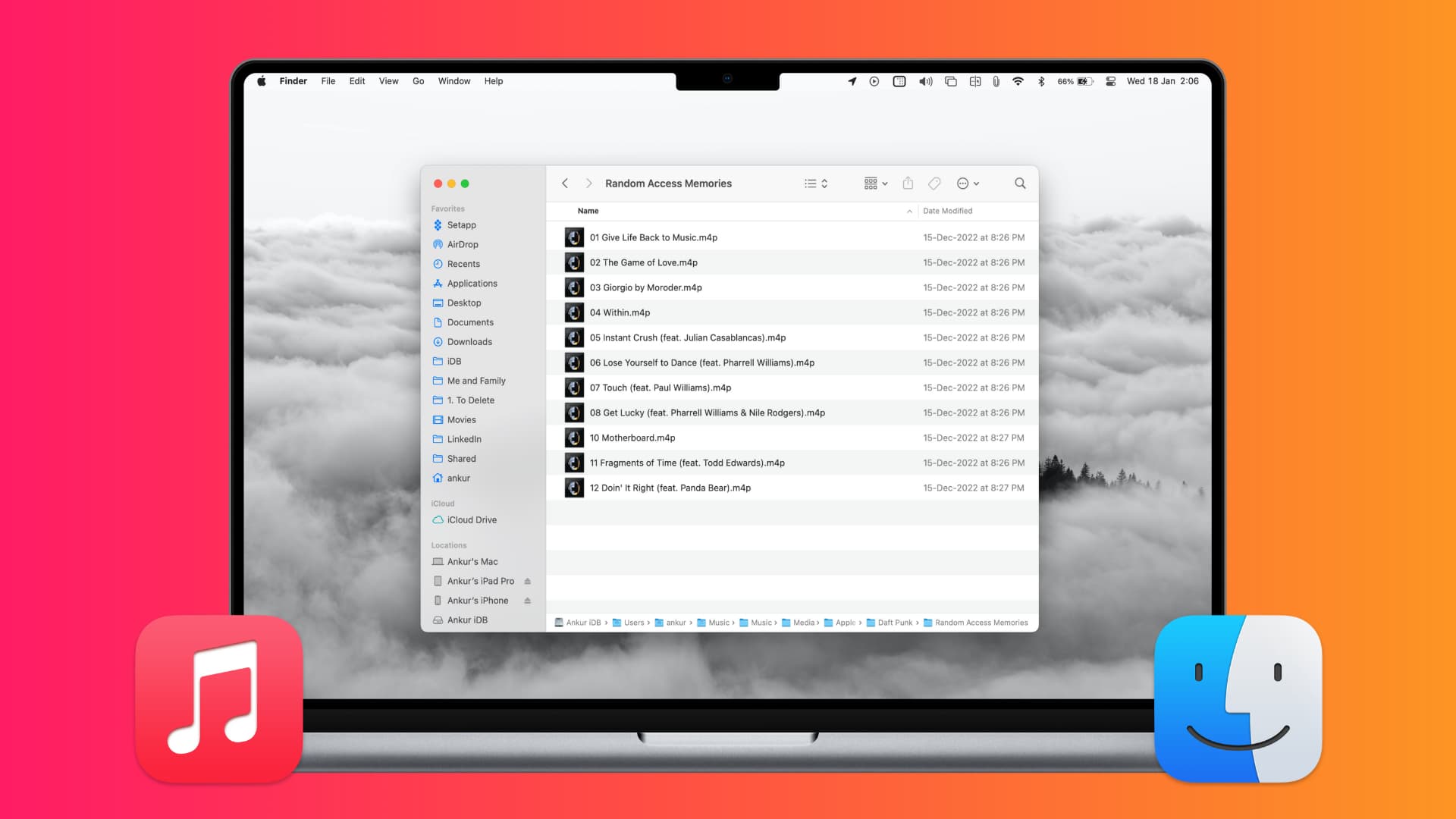
The different file statuses in the Music app
Open the Music app on your Mac and check if you see the Cloud Status option in the top menu bar. If you don’t, right-click in this thin strip and choose Cloud Status.
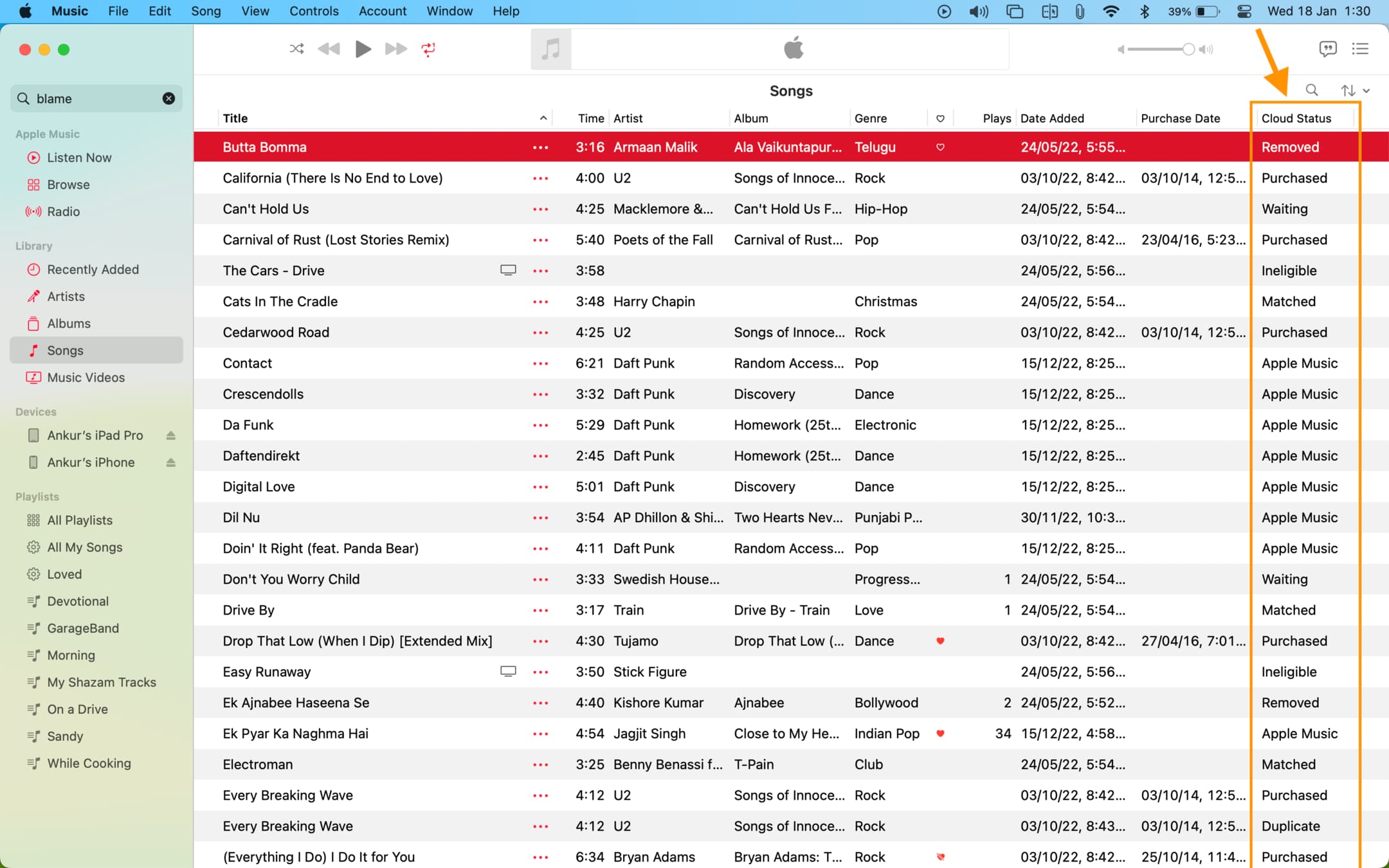
If you don’t have an Apple Music subscription, please skip to the next heading. However, if you do have an Apple Music subscription, it’s useful to know the status of each song in your music library. In most cases, you’ll see one of the following statuses for each song under the Cloud Status heading.
Purchased
You’ve purchased this song from the iTunes Store, or it’s a U2 song that Apple offered for free.
Apple Music
These are songs you’ve added to your library using your active Apple Music subscription. When your subscription ends and isn’t renewed, these songs will disappear from your music library.
Matched
These are songs that were previously on your Mac, such as ones you ripped from CDs, downloaded from the internet, or imported from elsewhere.
When you have an Apple Music subscription (or an iTunes Match subscription—included for free with Apple Music or sold separately if you don’t subscribe), all eligible local songs are uploaded to the iCloud Music Library and made available on all your Apple devices, including iPhone, iPad, other Macs, Android phones, Windows PCs, Tesla cars, and more.
However, if a local song from your library is also available in Apple Music’s catalog of over 100 million songs, Apple Music doesn’t upload it unnecessarily. Instead, it matches the song from your library with the one in Apple Music and makes it available on all your devices in high quality.
The original version of these songs remains on your Mac even after you cancel your Apple Music subscription.
Removed
These are matched songs that you removed from your Apple Music library using your iPhone or iPad. Since they are still locally saved on your Mac, they appear in the Mac’s Music app. You may not find them in the Music app on your iPhone or iPad.
Waiting
These are local songs that haven’t been uploaded to iCloud Library (or matched) yet and thus aren’t available for streaming on your other devices.
Ineligible
These local songs can’t be matched or uploaded to Apple Music. This is because they are music videos, songs with a bitrate of less than 96 kbps, files larger than 200 MB, or have a playtime longer than two hours.
Duplicate
A second copy of the same local or purchased music.
See the location of purchased and local songs on your Mac
Follow the steps below to see the folder location of Purchased, Matched, Removed, Waiting, Ineligible, and Duplicate songs.
1) Open the Music app and find the desired song.
2) Right-click over its name and select Show in Finder. A Finder folder will open and show this song’s file there.
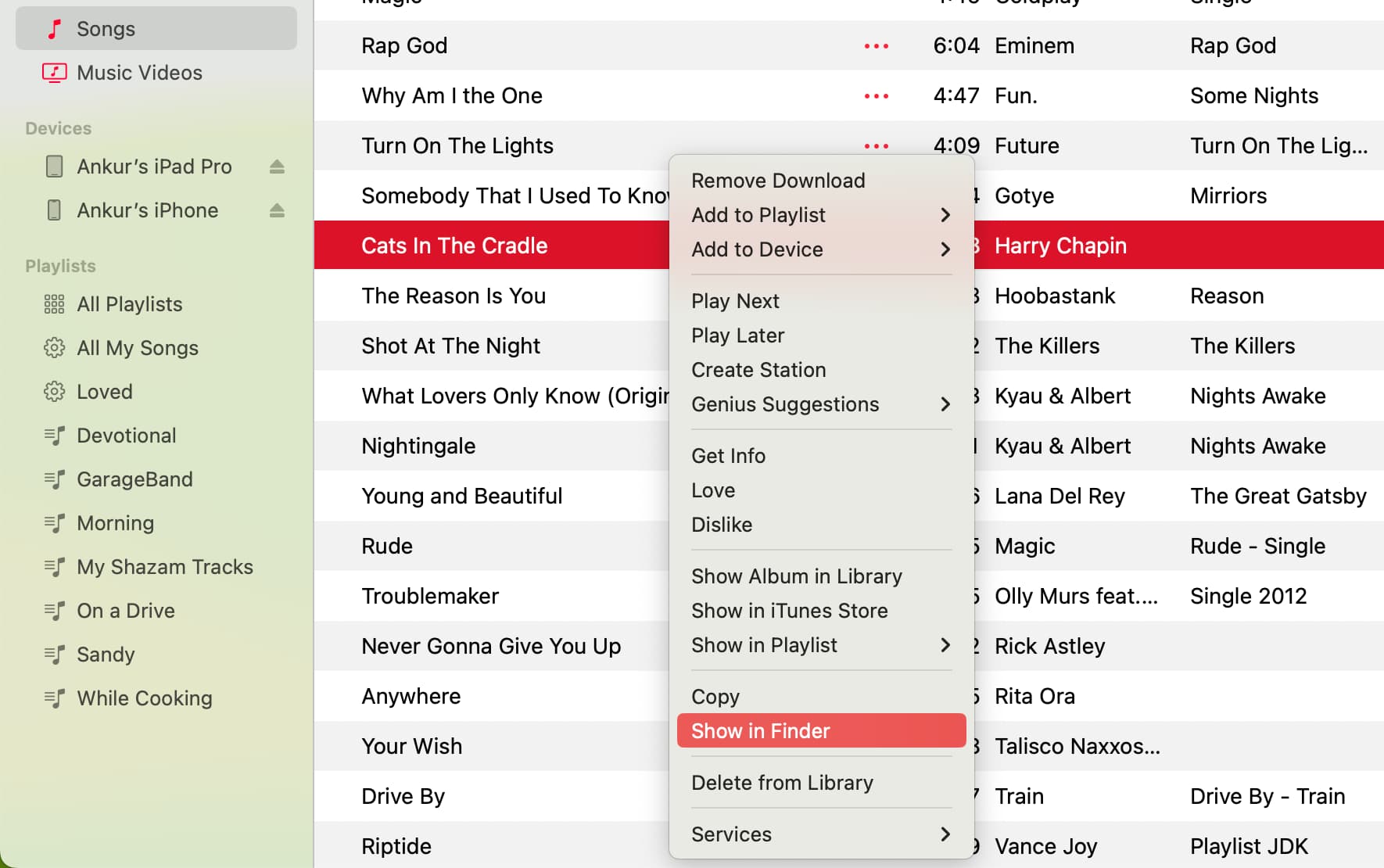
Tip: To navigate to locations where other songs are saved, click View from the top of the Finder folder and select Show Path Bar. This will show the path of this folder at the bottom of the Finder screen. From here, you can easily go back to other folders in the hierarchy.
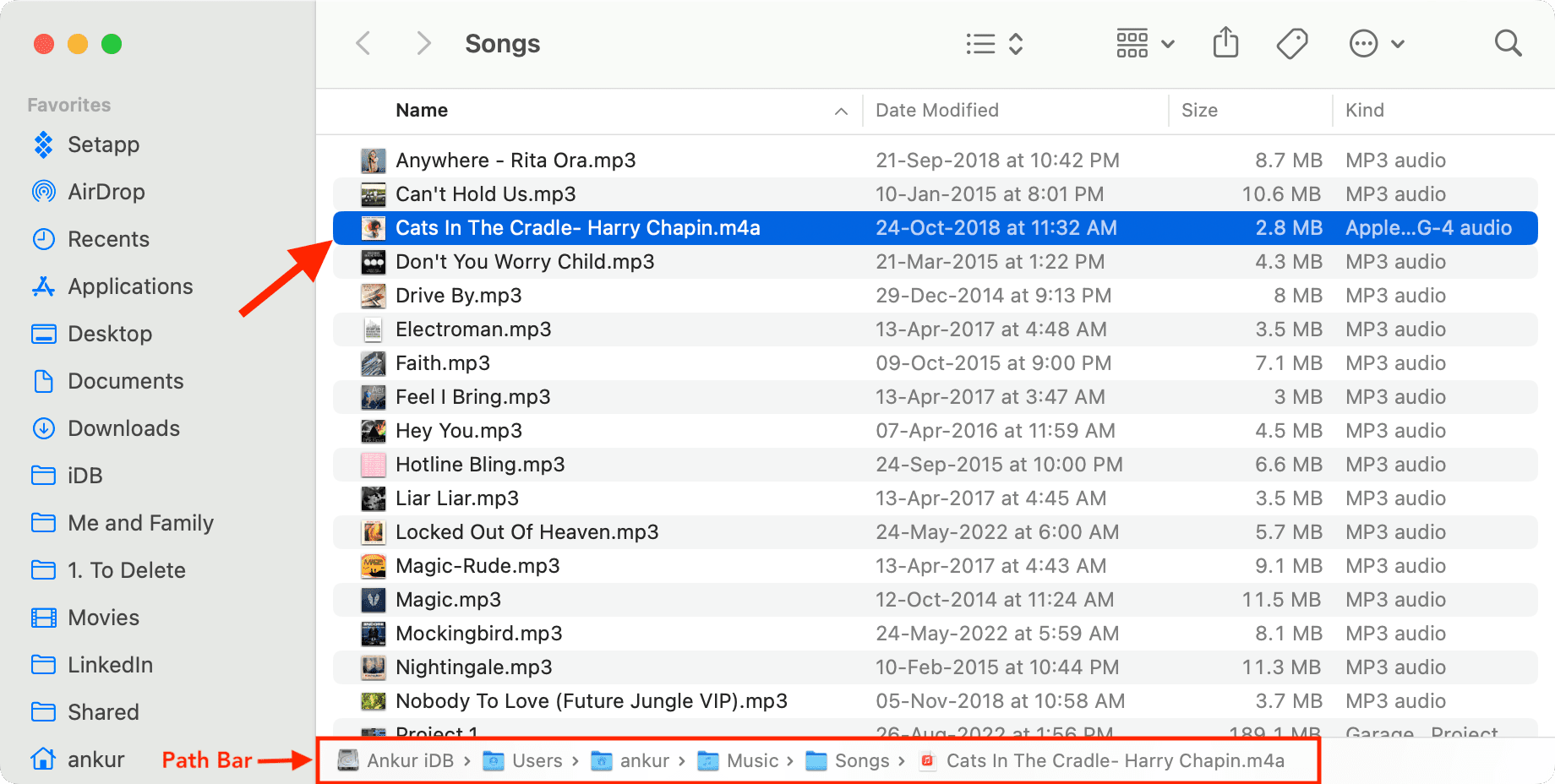
See the folder location of downloaded Apple Music songs on Mac
1) Open Finder and click your Home folder located on the left sidebar.
Tip: If you don’t see the Home folder, click Finder > Settings or Preferences on the top menu bar. Now, go to the Sidebar section and check the box next to the tiny Home icon.
2) From here, open the Music folder.
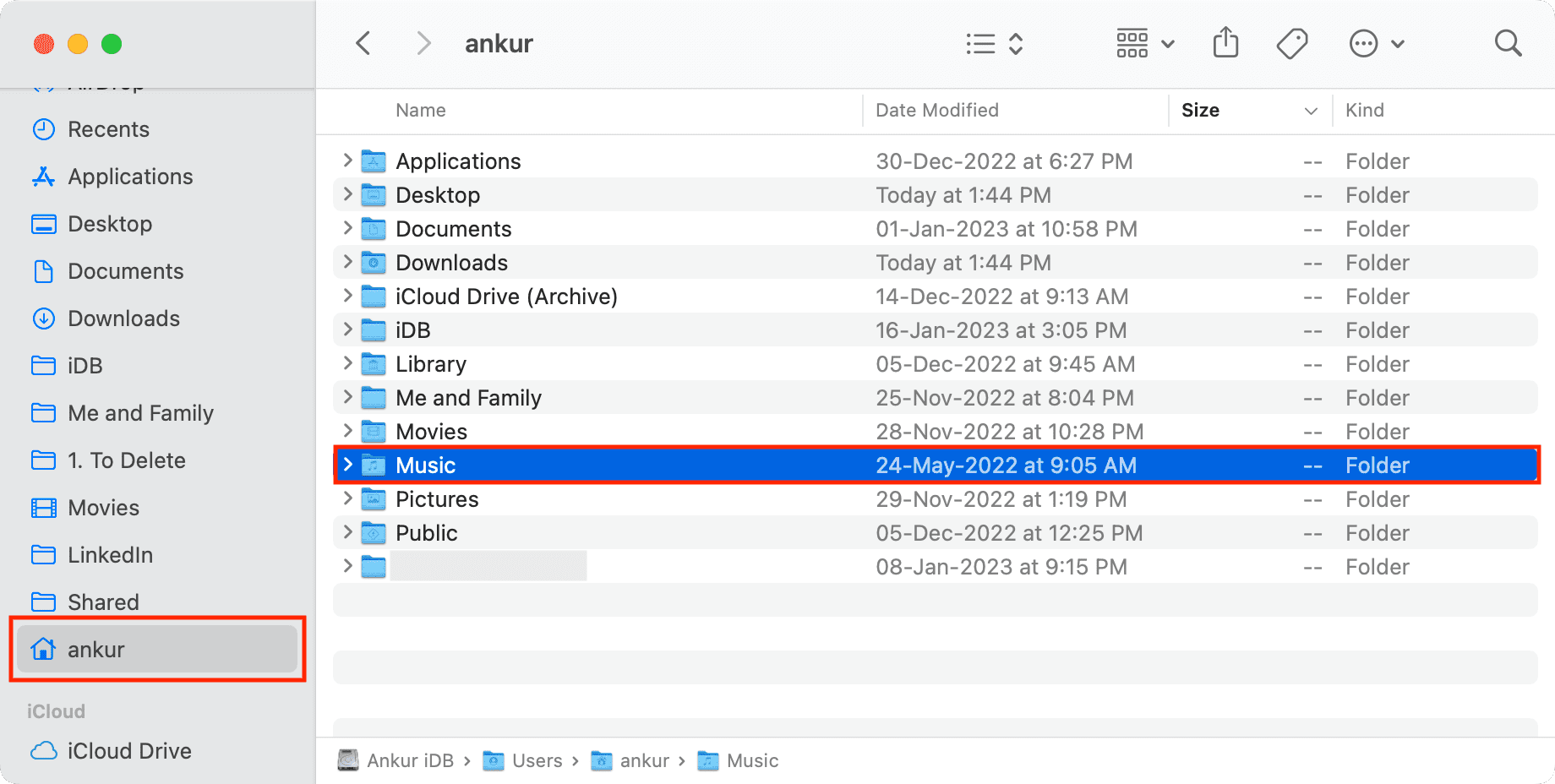
3) Once again, go to the Music subfolder and then navigate to Media > Apple Music.
4) You will see all your Apple Music downloads categorized in proper artist folders followed by the album name folder. Click a folder to see the offline Apple Music song files.
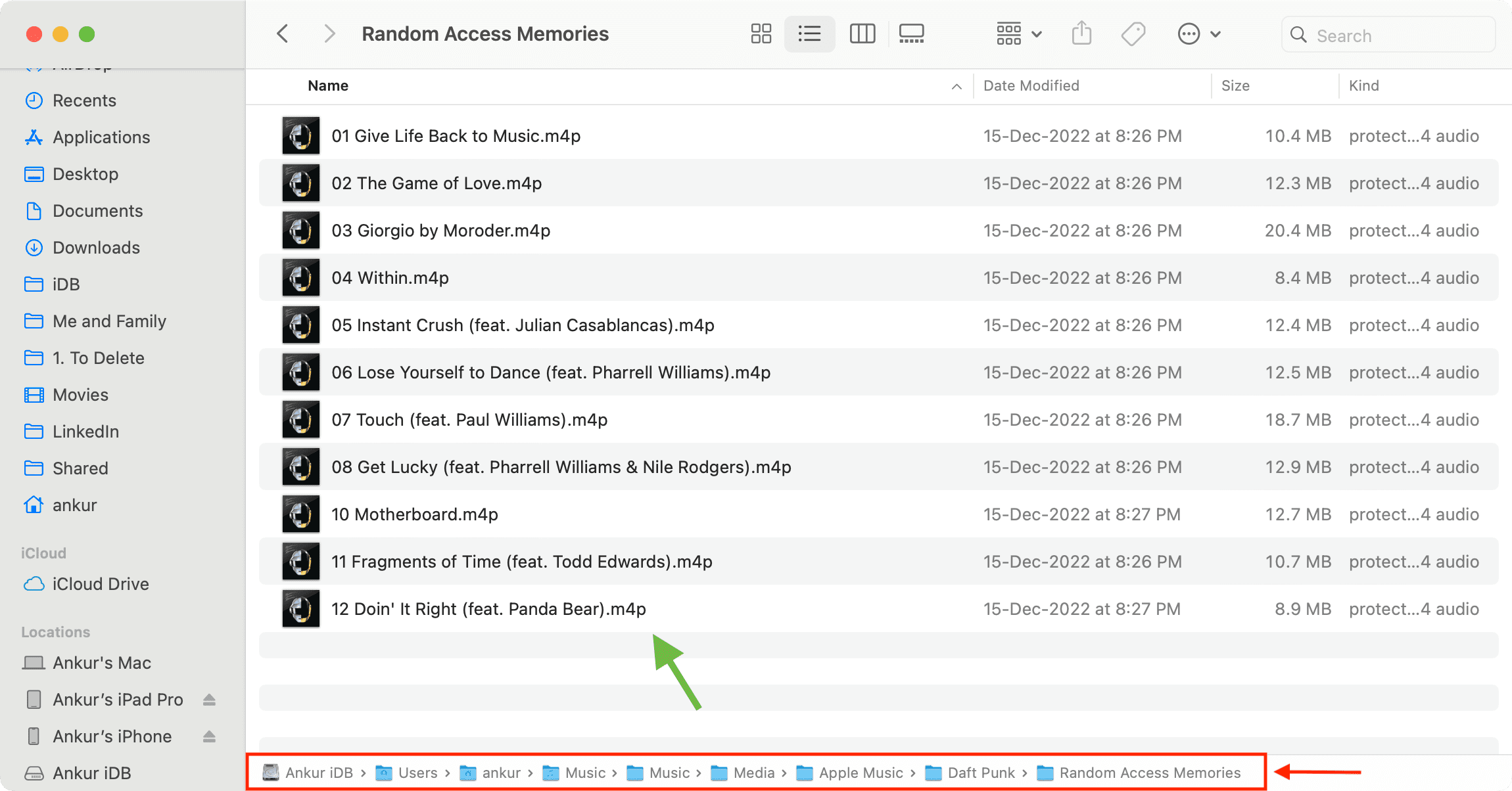
Note: Downloaded Apple Music files are DRM-protected, and you can’t play them in any other Mac app except Music and QuickTime.
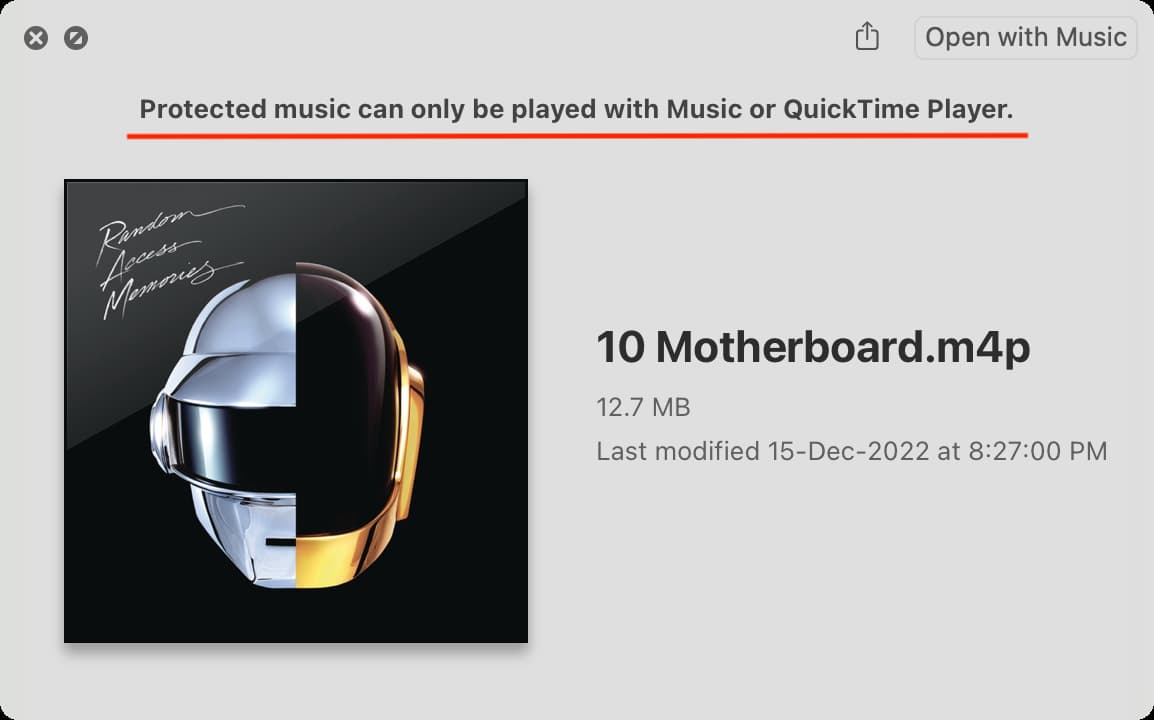
Related: How to restore DRM-laden Apple Music matched songs to DRM-free
See the Music media folder location on Mac
1) Open the Music app and click Music > Settings or Preferences in the top menu bar.
2) Click Files. You’ll see the folder location where the Music app is saving your media.
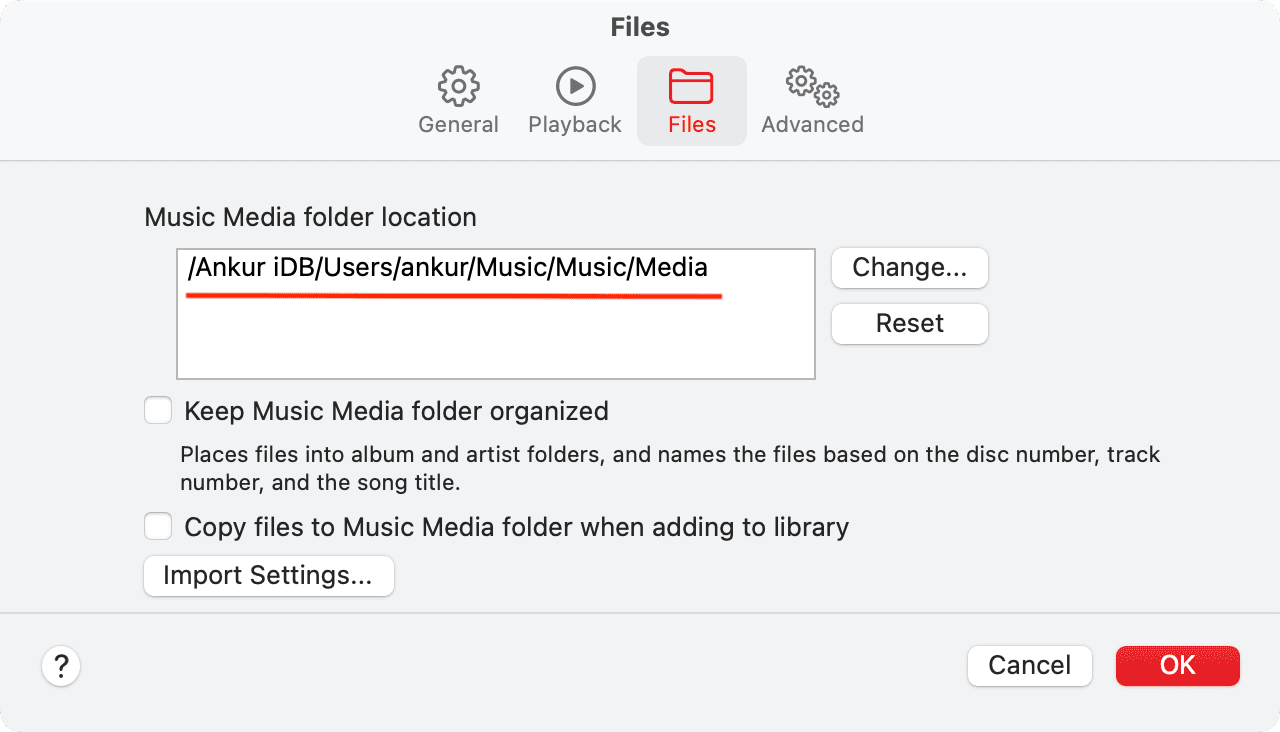
3) Now, you can manually go to this location to see your Music app media files.
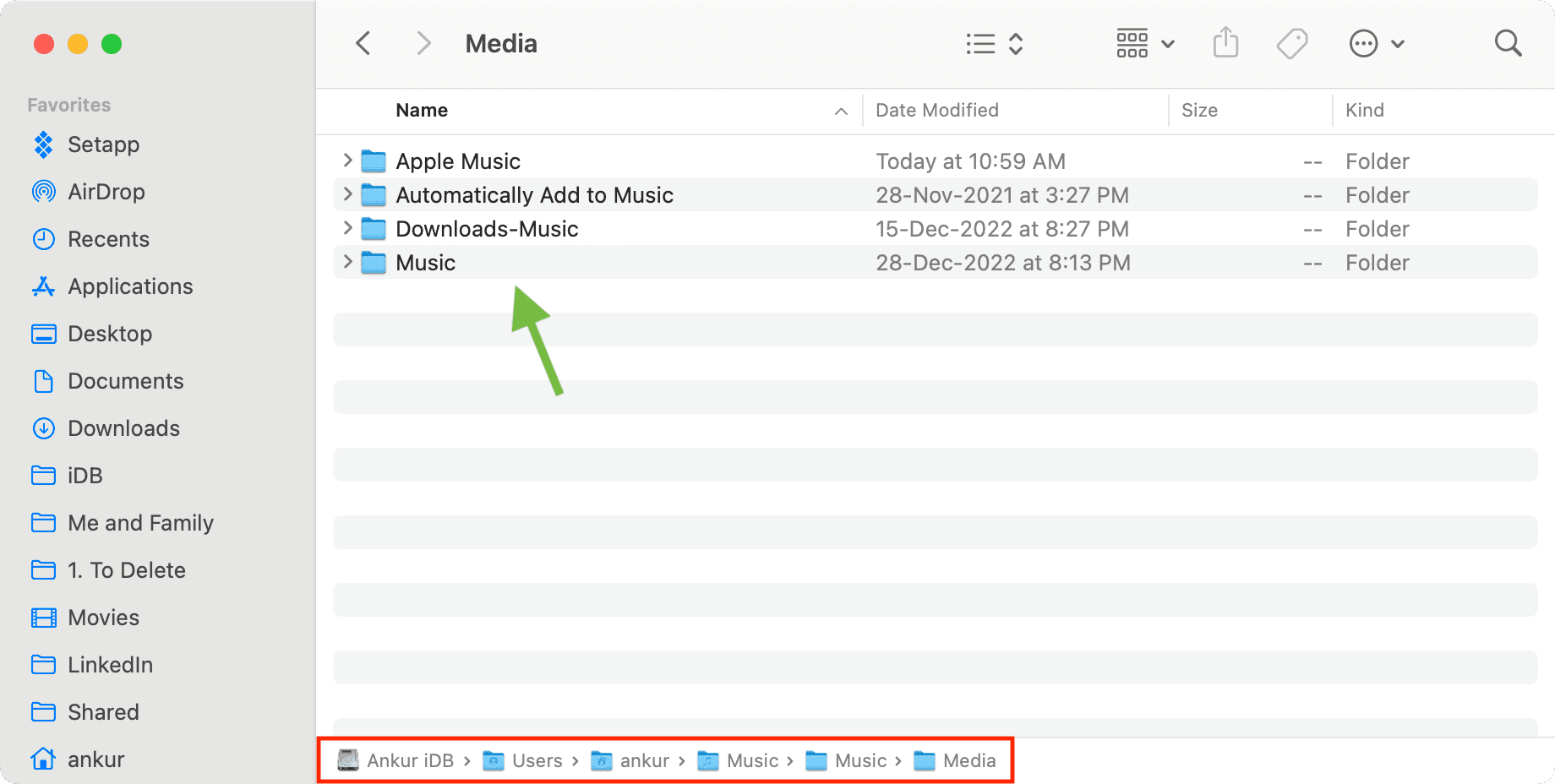
On a related note: